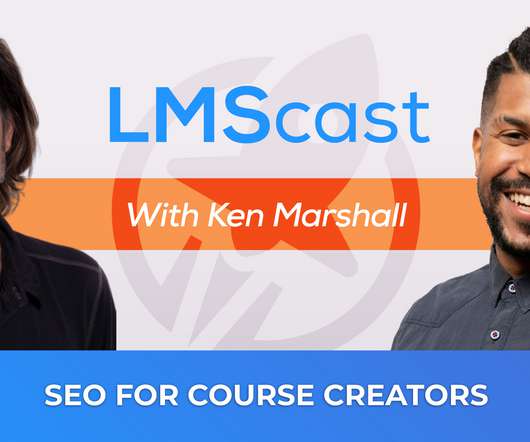Connected pedagogy: Social networks
Learning with e's
MAY 31, 2019
Photo by Steve Wheeler In a previous post I outlined some of the metrics around the use of digital media, technologies and social networks. I wrote that: "The age of social technologies has radically transformed the way we live our lives, and that includes how we learn and teach. 2002) Smartmobs: The Next Social Revolution.
































Let's personalize your content